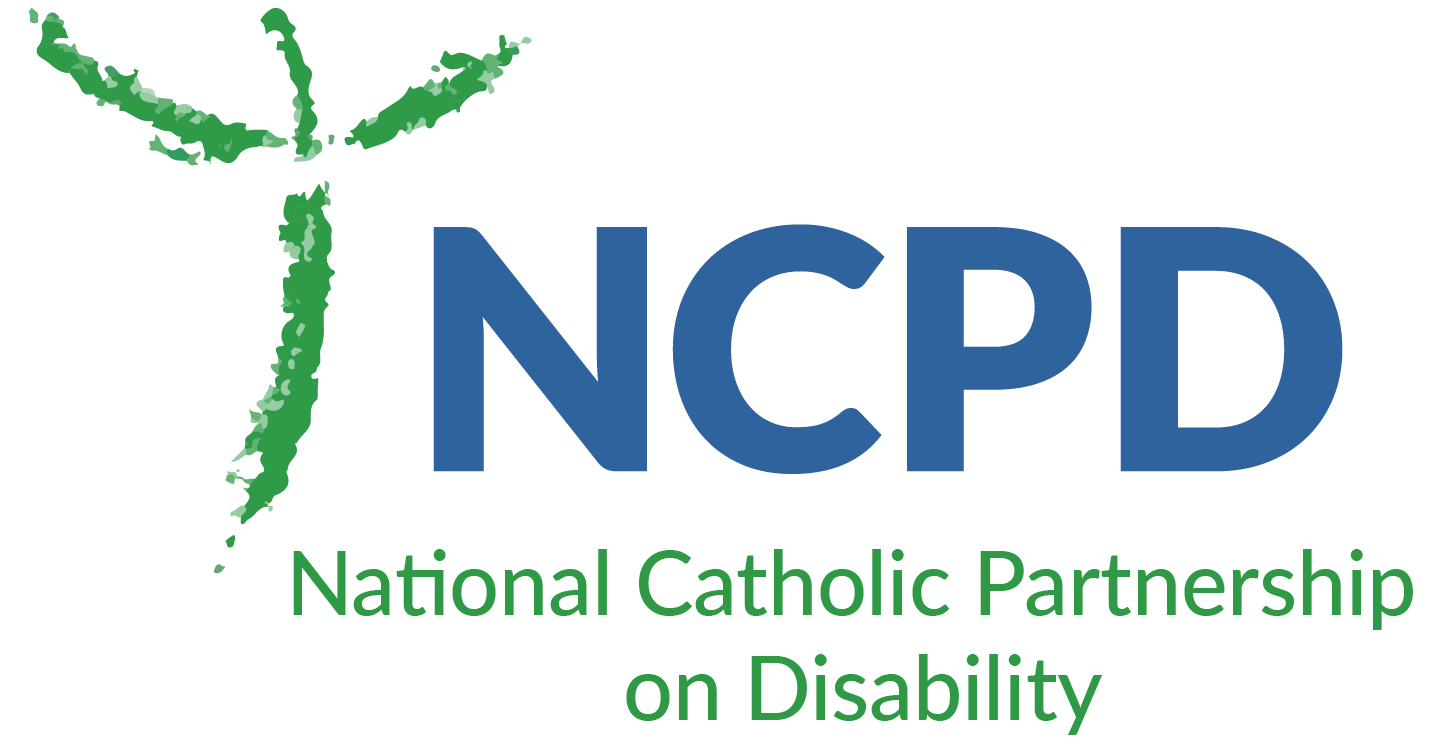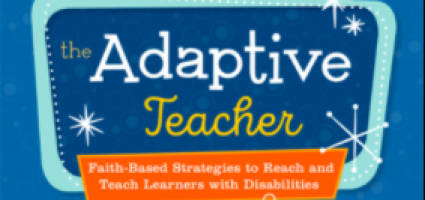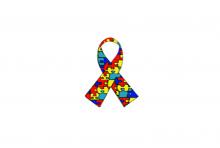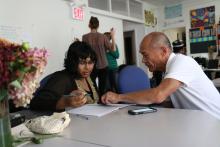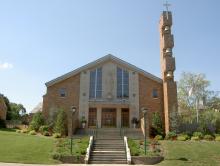Autism Spectrum Disorder (ASD) is a neurodevelopmental disorder first described in psychiatric literature in 1943. While the definition of ASD has changed over time, the current Diagnostic and Statistical Manual (DSM-V, 2013) defines ASD as involving both persistent deficits in social communication/interaction and restricted, repetitive patterns of behavior. Additionally, individuals with ASD may or may not have significant deficits in language, and may or may not have significant deficits in cognitive abilities. According to the CDC, 1 in 36 children are diagnosed with ASD in the United States, March 24, 2023.
As ASD is a "spectrum" disorder, persons with ASD vary widely from one another. It is important to not generalize knowledge of how one person's ASD impacts him or her and to recognize that the casual observer does not know the full extent of how another person's ASD affects him or her. A parishioner with ASD who looks and sounds nearly indistinguishable from peers may be using a lot of strategies to engage with others and finding it frustrating to work so hard to be part of the community. Another parishioner with ASD who is not verbal may be sad when no one comes up to say hello. In order to ensure that all persons with ASD can meaningfully participate in the Church, getting to know the individual is important, as well as having a diverse repertoire of resources and accommodations.
Today, Catholics across the United States are becoming more aware of ASD which has led to effective teaching styles, accommodations, and education in parishes across the United States. Adults with ASD are writing about their experiences in ministry and Catholic publishers are creating faith formation curriculum that engages different learning needs. Catholic parents are sharing their input on the needs of individuals more profoundly affected by ASD. Dioceses and parishes are using resources and knowledge gleaned from persons with ASD to help individuals with ASD meaningfully participate across the life-span in the liturgy. Click on the resources below to learn more!
